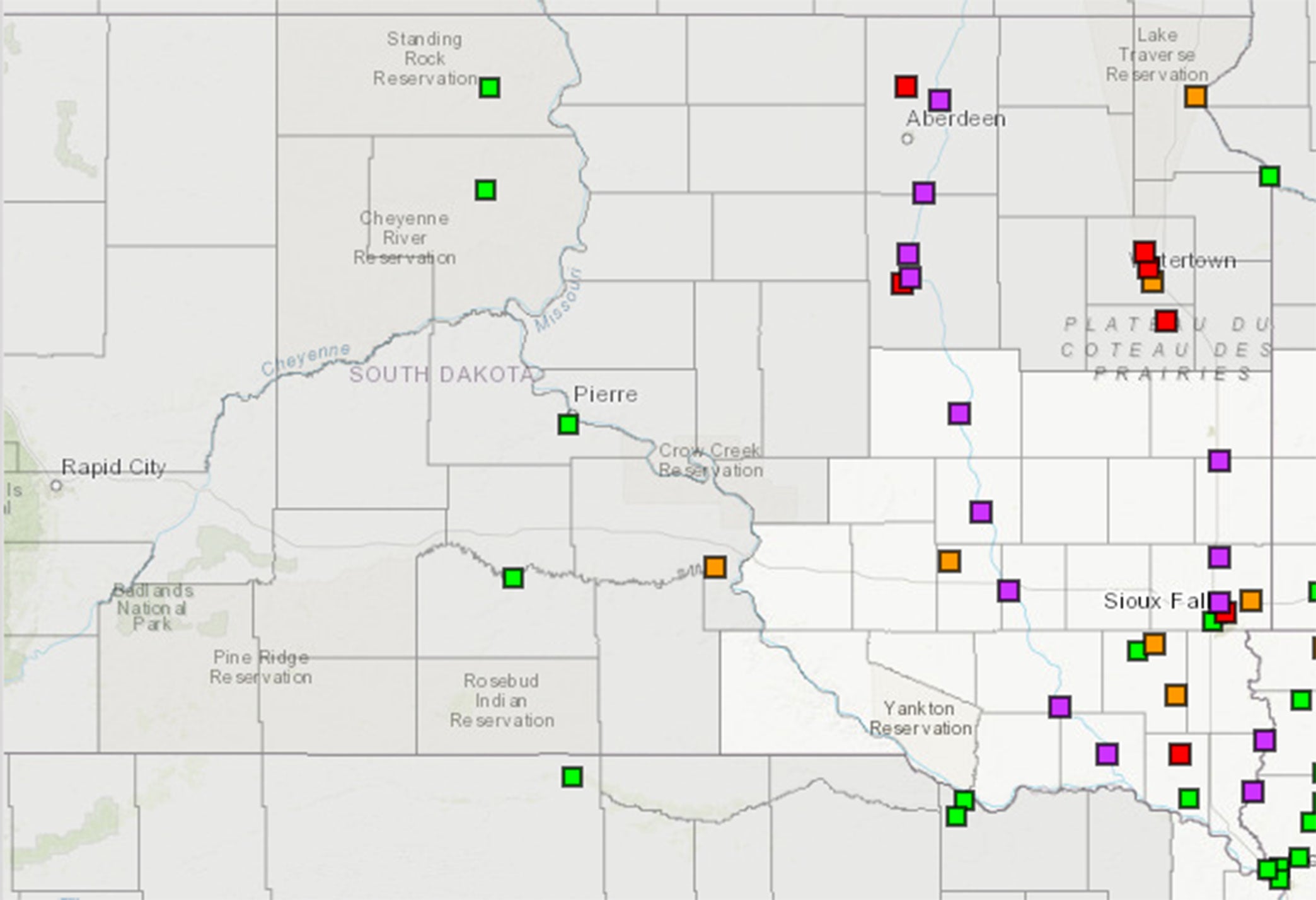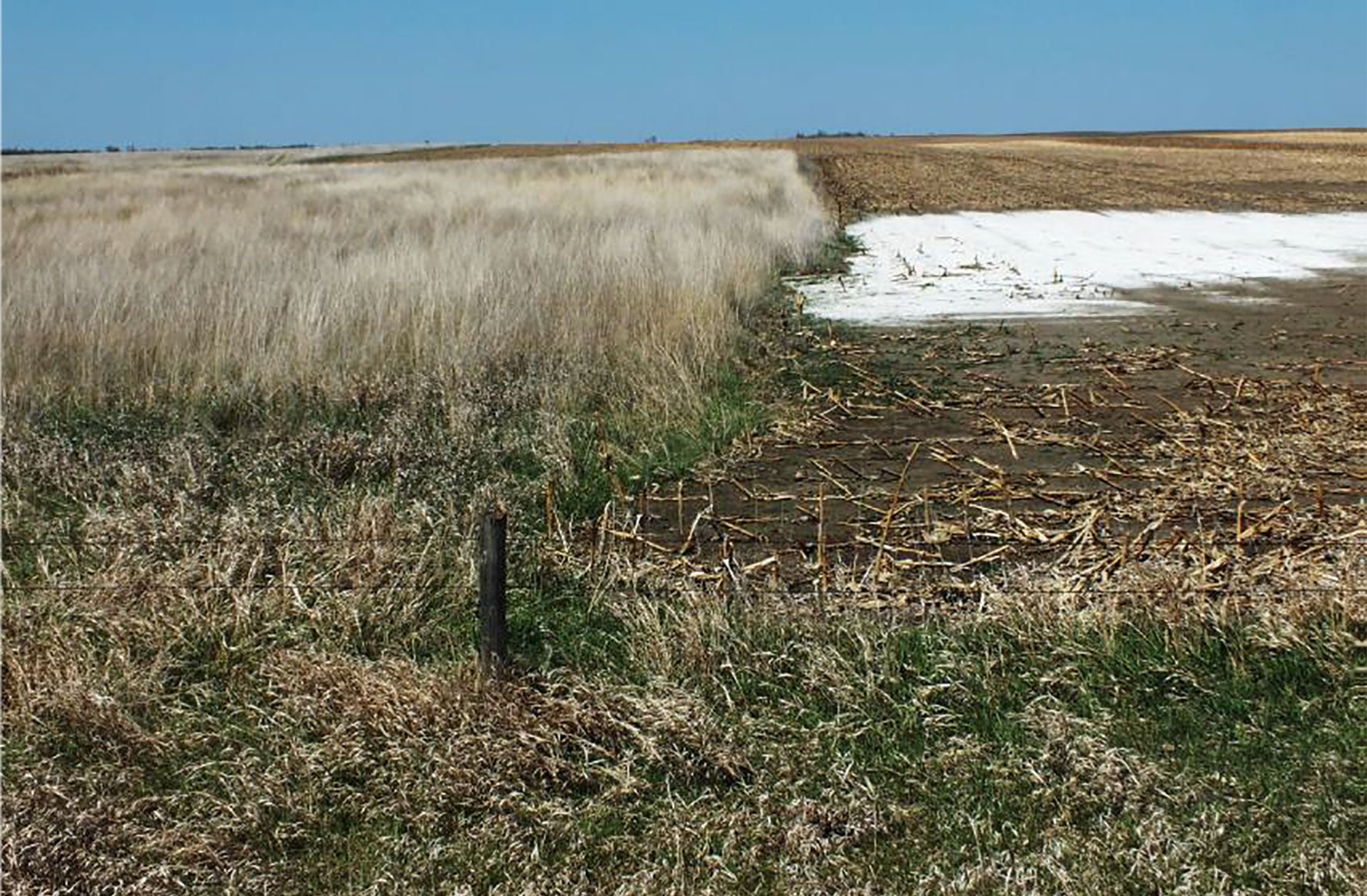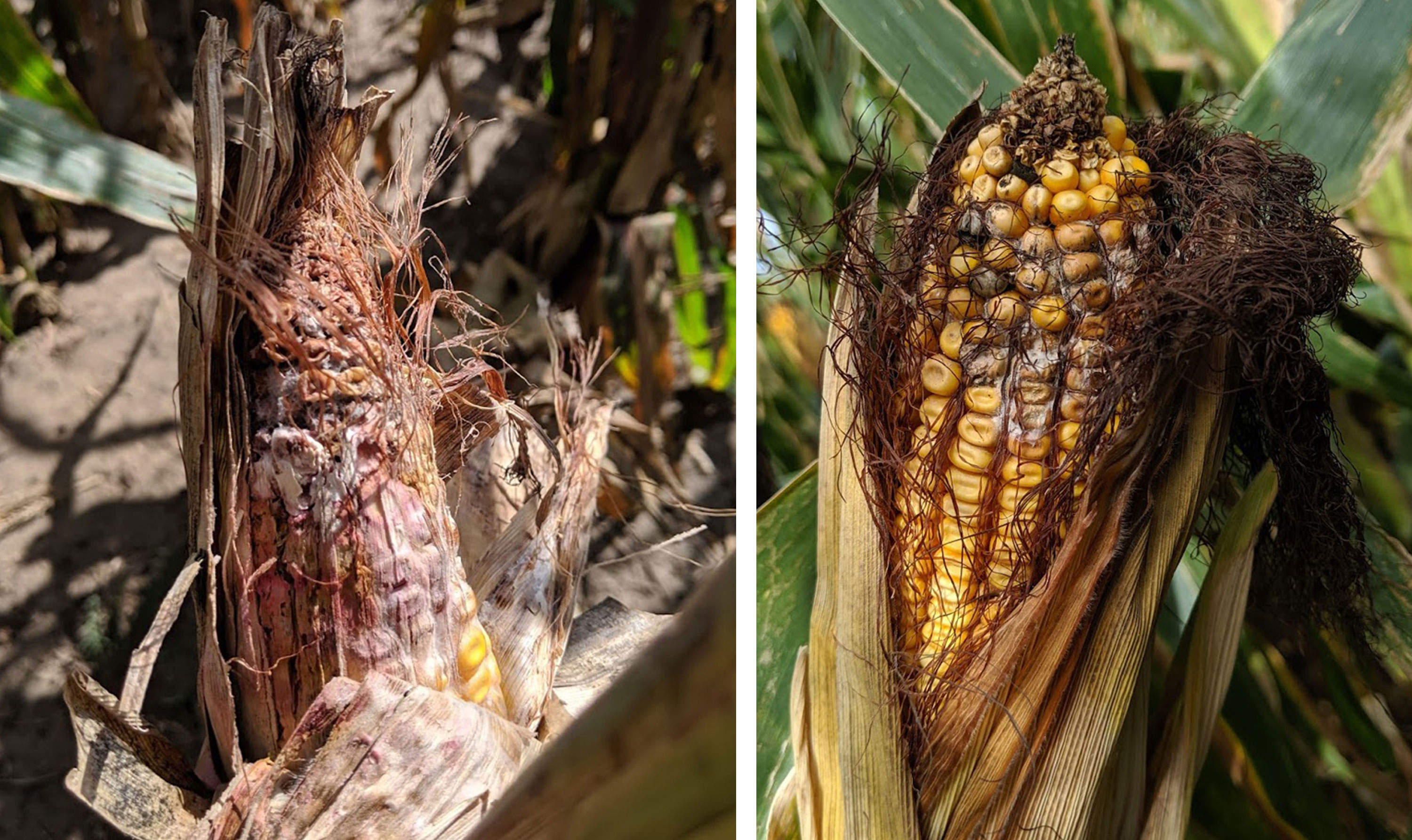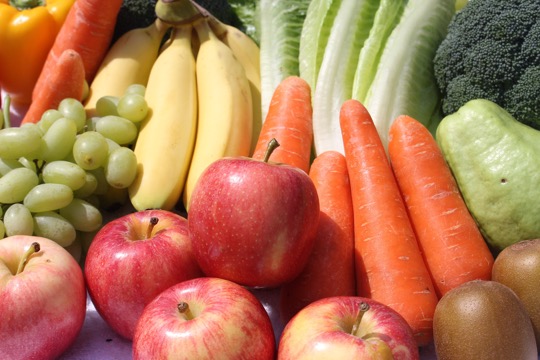Search

Climate Adaptability of Winter Wheat
For most of us, wheat is wheat. However, there is a distinct difference between spring and winter wheat, even though the vegetative characteristics of these two wheat types are very similar.

Get to Know Your Local Emergency Management Director
The warmer weather and spring migration this March have us all thinking of better days ahead. Unfortunately, it also has us thinking about flooding again this spring.

How to Talk to Your Kids About COVID-19
Parents, it is important to talk to your children about what COVID-19 is and why it is a pandemic so they understand the cancellations and changes in their daily routines. Here are some tips from the CDC to help you talk to your children and how much information to expose them to.

Diabetes and COVID-19
If you are at higher risk of contracting COVID-19, it is important to take actions to reduce your chance of getting sick. Those at higher risk, including older adults and people who have serious chronic medical conditions like heart disease, diabetes, and lung disease, are encouraged to get ready now!

Alternative Pasture Weed Control
The term ‘weed’ can be broadly applied to any plant that is undesirable at any given time and place based on certain criteria. It is important to understand that the word ‘weed’ has become a general term with no universal definition, and many plants are considered to be weeds, depending on location.

Managing Weeds While Transforming Marginal Land Into Perennial Forages Production
There are currently millions acres across South Dakota impacted by saline and sodic conditions. Research has shown that salt-tolerant perennial grasses are a possible way to bring land back into production.

Gibberella and Fusarium Ear Rots Developing in Corn
Corn ear rots are one of the last diseases to scout for in the corn growing season, and sometimes they are ignored or forgotten entirely. Ear rots can cause yield loss in the form of grain quality at harvest, but also cause losses during storage.

Farm Practices That Improve Soil Health: Integrated Crop-Livestock Systems
An integrated crop-livestock system can provide an alternative management strategy that benefits producer’s income, soil health, and the environment—all while increasing production.

Gluten Free Product Claim Guidance
While “gluten-free” is a voluntary claim that manufacturers may choose to use in the labeling of their foods, FDA’s gluten-free food labeling rule specifies what the claim actually means on a food label.

Double Up Bucks Program Launches in Grocery Stores across South Dakota and North Dakota
May 28, 2021
The launch of the Double Up Dakota Bucks in grocery stores is the first of its kind in both North and South Dakota.